Among the many aspects of personal hygiene is maintaining clean hair and scalp for that matter. More often than not though, scalp health is taken to only mean a clean mane. Usually, people go for high-end products, get their hair styled and voila, they are done. This definitely helps with the hair but the routine could leave your scalp in poor health.
The scalp is defined as the skin covering the head, excluding the face, ears and neck area. It’s the skin from which the hair on your head grows. It’s filled with networks of blood vessels responsible for hair nourishment, growth and protection. Simply put, the condition of your hair depends on how healthy your scalp is. So are you taking care of your scalp?
As you ponder on that, here are the right ways of going about scalp health and a deeper look into why scalp health is important.
Why You Should Take Care of Your Scalp
The most obvious reason for having a healthy scalp is to maintain a healthy mane. That said, your scalp is prone to conditions that can be detrimental to your wellbeing and general comfort. The fact that the scalp is alive and exposed means that it can suffer from:
Ringworms
This is a fungal infection that affects the skin. It manifests as small pimples or pustules that break into red patches on the skin. These can start in a small area and spread with time. They are also itchy, scaly and unsightly. When ringworms affect the scalp, they can lead to hair breaking off and if not treated, balding could follow.
Seborrheic Dermatitis
Seborrheic dermatitis is a common skin disorder caused by nutritional deficiency, fungal infection, or environmental factors. The condition affects more men than it does women. Symptoms can occur anywhere on the skin, including the scalp.
The usual sign is flaky skin, which on the scalp forms dandruff- a milder form of the infection. In severe cases, it can develop into break out along the hairline, patchy scaling and white scales on hair shafts. Hair loss is also a possibility.
Chemical Burns
These are injuries caused by the use of harsh hair products. They can be itchy, painful and in some cases, make hair to fall. In severity, chemical burns can induce baldness. They are usually caused by highly caustic agents, and toxic hair bleaches and dyes.
Cysts
This is a condition that typically affects middle-age women. It commonly runs in the family with a 50-50 chance of being passed on to children. When the condition affects the scalp it’s known as a trichilemmal cyst, a cyst that originates from a hair follicle. These are small non-cancerous lumps which inhibit hair growth in the infected area.
Parasites
It’s easy to dismiss parasites as a source of worry but these pesky animals come with a different kind of problem altogether. Not only is a single louse or mite capable of multiplying ten folds, but they can be difficult to get rid off. They can spread to the whole family, causing itchy bumps, rashes, and blisters.
How to Take Care Of Your Scalp
Maintaining a healthy scalp involves multi-step routines that target your head, hair and skin in general. Key to this is using products whose ingredients help to treat and rejuvenate the skin. You will also have to factor in products that nourish your hair and are soft on the skin. Here is are some pointers;
1) Mind the Temperature
Everyone surely looks forward to a hot shower, especially when it’s cold. While this can be very relaxing for your body after a long day, it could be bad for your hair. Hot water dries out and irritates the scalp. If it is too hot, it can even burn your scalp.
Whenever possible, stick to cooler showers. If that is not an option, then keep your head away from the water when taking a hot shower. You can, however, shampoo your hair over warm water- delicately not to burn the skin.
2) Avoid Harsh Hair Care Products
When choosing hair products, avoid dyes, bleaches or products with similar agents. These are known to damage the scalp and hair in several ways;
- Bleaches: When you bleach your hair, the solution penetrates deep into the cuticle. This leads to the removal of the natural pigment to give your hair a new tone. The downside though is that bleaching interferes with the structure of the hair; making hair strands weaker, duller, and prone to breakage and split ends.
- Dyes: Hair dyes come in different forms, depending on the strength of ingredients. Dyes that last up to 2 washings are harmless, however, those that last for more than 5 washings can damage the hair and scalp. This is because they contain substances such as phenols that are potentially cancerous
3) Let Your Scalp Breathe
Year-round styling, dying and hair treatments will take a toll on your hair. Not only will it become weaker but your scalp will take a hit from the different chemicals. Your scalp needs to breathe every once in a while. Take a break from all the styling and go au naturel for a while- say a few months every 3-5 years.
4) Exfoliate Your Scalp
Exfoliating your skin from head to toe is one of the essentials to good personal hygiene and beauty. Exfoliation can also do your scalp a lot of good. It’s a way to scrape off the excess products that remain behind after washes. It also helps to remove dead skin, dirt and oils that build ups with time. To exfoliate;
- Wet your hair thoroughly
- Apply scalp scrub
- Message it gently, using your fingers, throughout your hair and scalp
- Rinse with cold water to remove the scrub and debris
5) Don’t Pull the Roots
“100 strokes a day will keep your hair beautiful and healthy”. That’s something you probably grew up hearing and practicing. Is it true though? Definitely not! Combing can harm your scalp; aggressive brushing pulls on hair roots and increases friction on the scalp.
If not done properly, over-brushing can also lead to hair breakage, split ends and bruises on the head. Choose a comb or brush that is best suited for your kind of hair- this should reduce snags and tangles.
6) Avoid Towel Drying
Towel drying your hair is one norm that could be destroying your scalp. Towels are usually rough and when rubbed against hair, the fabric can damage your scalp. Additionally, hair is particularly delicate when wet and all it takes is a little pull for it to break off.
To avoid this, air-dry your hair and if you must use a towel, do it gently. You can also just wrap the towel around your head and let it pull excess water without rubbing. Better still, use a cotton t-shirt or a microfiber hair wrap. Both are absorbent without the roughness that comes with a towel.
7) Use the Right Shampoo and Conditioner
When buying shampoo or conditioner, go for a color-safe product; or more specifically, a neutral PH product. Why is this? Most of these are made from alkaline compounds. When exposed to high PH, the hair shaft swells – making your strands predisposed to damage.
Conditioners are meant to replace the moisture that is lost after shampooing. While their function is pretty straightforward, conditioners come in different varieties. If your scalp is oily, use “straightening” or “balancing” product. These are light, less moisturizing and help in removing excess oil.
On the other hand, for a dry scalp, use “hydrating” or “smoothing” products. These have a high moisture content, which is what your scalp needs to avoid drying out. You can also go for leave-in conditioners for better results.
Expert tip: For fine and oily hair, start with shampoo then conditioner.
8) Massage Your Scalp
You are probably aware of the benefits of a full body massage, but how well do you concentrate on your scalp? Whenever you are at the salon or barber shop, ask for a scalp massage. This will;
- Promote blood flow throughout the scalp
- Hasten nutrient-delivery for healthy hair
- Triggers hair growth by strengthening the roots
- Help to moisturize hair due to the use of massage oils
- Spread natural oils throughout the scalp
That’s not all; for an added bonus, the massage will reduce any headaches and stimulate your brain’s creativity centers.
9) Let Your Grays Show
Dyeing hair has become synonymous with beauty. More and more people are now going through all the hair colors in the course of their lives; from blonde to brunette and everything in between. This, however, comes at a heavy price on your scalp, especially when done frequently.
Color treatments continually damage the scalp and hair. Dyes burn the follicles, destroying the hair from the inside out. This can, however, happen for so many times before the whole hair structure becomes unstable and dies.
While growth is supposed to grow out the colored hair, frequent dying will completely wipe out your natural hair color. Avoid all this by dying your hair as infrequently as possible, and if you must, only use temporary dyes- ones that can be removed off in 1 or 2 washes. Alternatively, just let nature take its course and let your grays show!
10) Protect Your Scalp from Sun Damage
Overexposure to sunlight can damage your scalp. The heat and radiation dries out your scalp, leading to hair breakage and a sunburnt scalp. This can be even worse if your hair is already thin. To counter this, use hair products with sunscreen.
A hat made from high SPF (sun protection factor) material will also go a long in way in protecting your scalp- whenever you are out in direct sunlight.
11) Hairstyling Instruments
Anything that pulls, burns or curls hair can damage your scalp and hair with it. Hot irons, blow dryers and curling irons come to mind, right? The onus is on you to choose the right instruments for your hair. Here are some pointers:
- Buy quality goods– instruments used to style hair should have multiple heat setting and where possible, temperature display.
- Know your hair– avoid using extremely high heat settings on any styling instrument, no matter how thick or tough your mane is. Fine hair calls for low-temperature setting, with baby soft hair responding well to lowest settings.
- Work Quickly. Your scalp should not be exposed to any heat higher than your normal body temperature; but since that’s not always possible when using hot styling instruments, be fast- not more than 3-4 seconds per a section.
12) Seek Treatment
Sometimes washing and massaging your hair may not take care of your scalp problems. For conditions like dandruff, try using anti-dandruff ointments and shampoos. Try out different brands until you land on one that works for you.
If you are dealing with deep skin issues like severe seborrheic dermatitis, you might need the attention of a dermatologist or physician. For this, due diligence is required. Seek out a licensed and experienced skin specialist and if need be, seek a second opinion.
Another common skin issue is alopecia areata. This is a non-contagious autoimmune condition that attacks hair follicles. It’s often sudden and comes with hair loss, usually in patches. Also known as spot baldness, the condition usually reverses on its own. A gluten-free diet can also hasten recovery.
When all is said and done, much of what manifests on the outside is a reflection of your internal health. After all, you are what you eat. A balanced diet will do your scalp a lot of good. You should also err on the side of fruits and veggies for their vitamins which are very beneficial to the scalp.
While you are at it, eliminate stress from your life- stress aggravates hair loss and scalp illnesses. If your stress outlets involve biking, yoga, or any exercise- go right ahead and watch your scalp flourish.

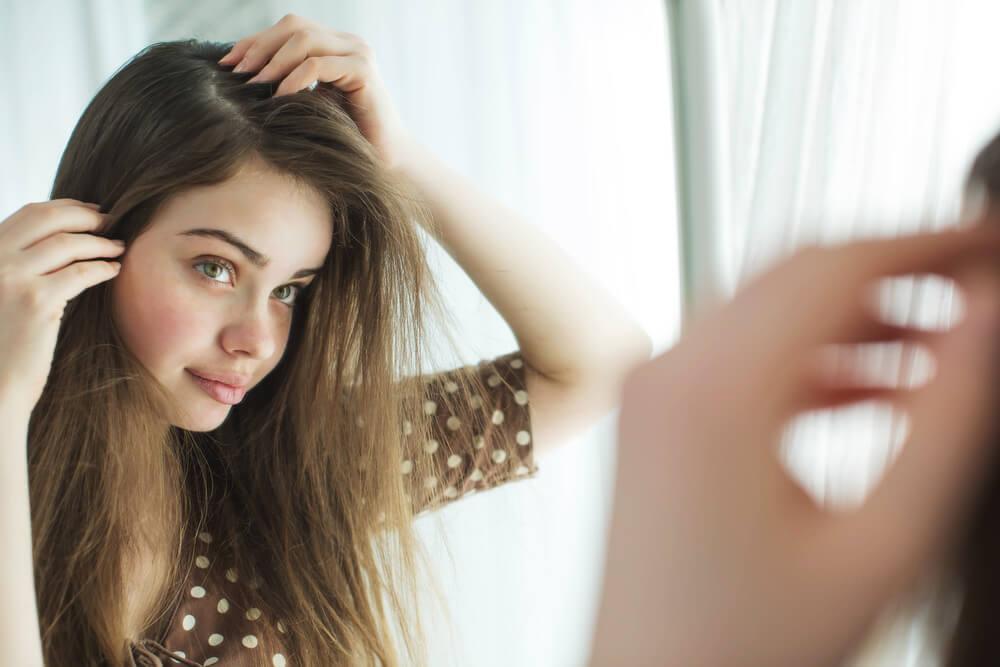
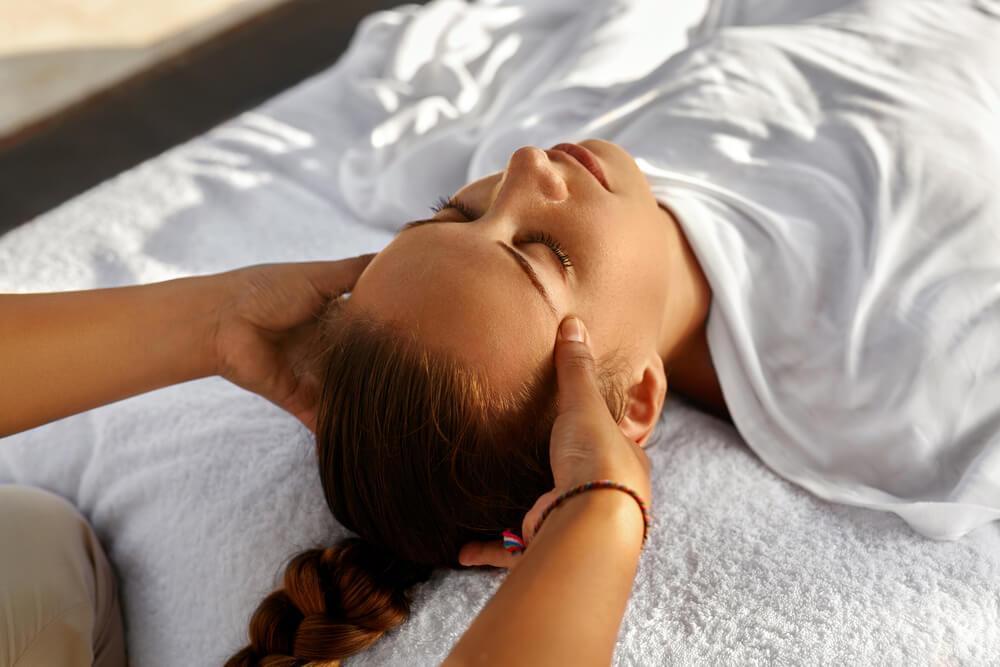
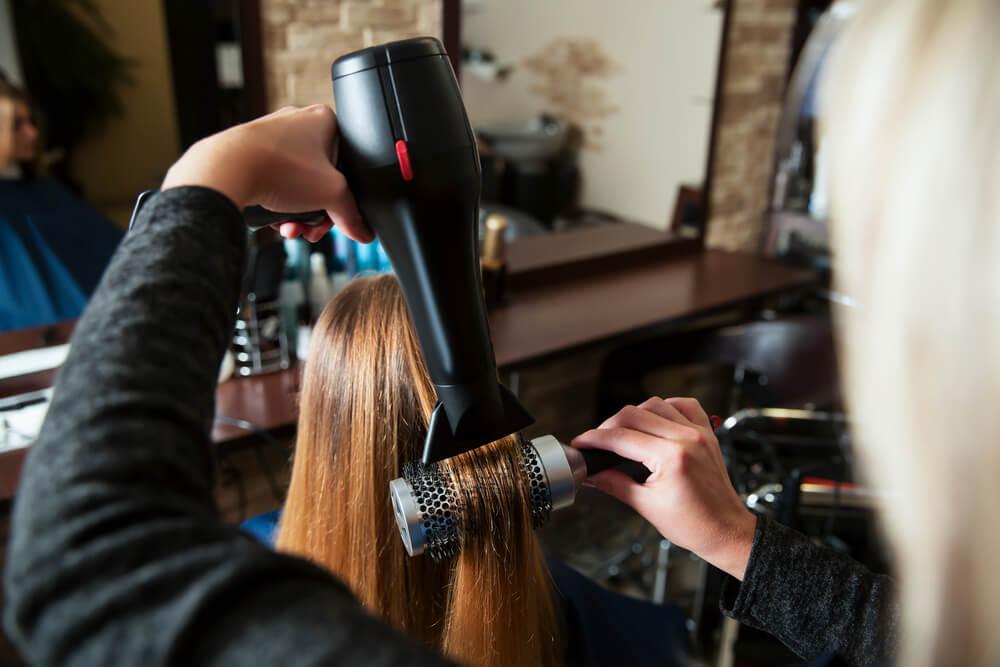
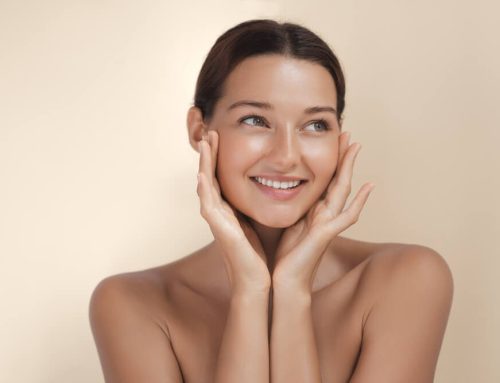


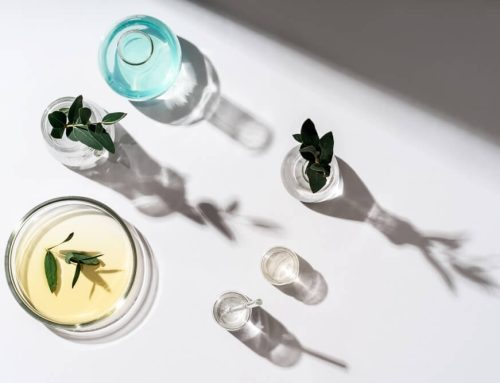
Leave A Comment